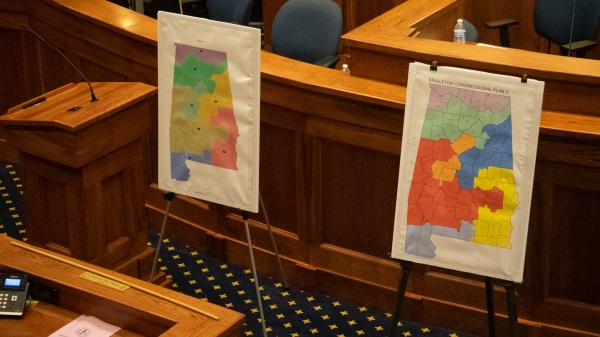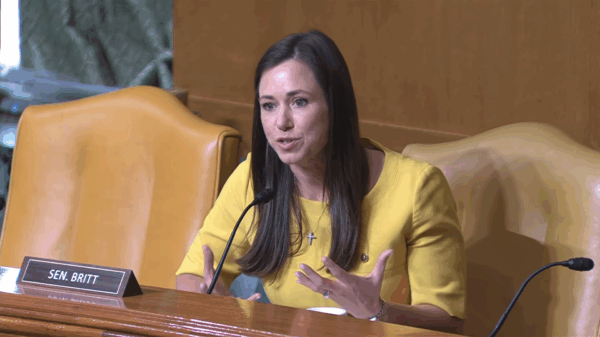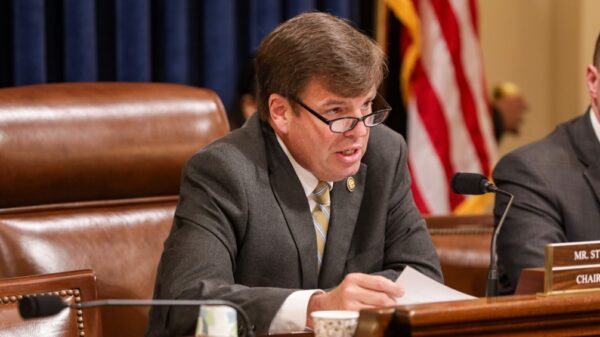Alabama lawmakers are exploring a new approach to college funding that would tie a portion of state dollars to how well universities prepare students for success after graduation, a move that could modernize higher education and strengthen the state’s workforce.
The Joint Legislative Study Committee on Higher Education Funding continued discussions on “modernizing” Alabama’s system and heard from policy experts with ExcelinEd, a national education organization that has helped other states implement outcome-based funding.
“Our objective is to try to help our colleges and universities in the days and years ahead with this effort, similar — certainly not the same — as our RAISE Act that we did for K–12,” said Chairman Sen. Arthur Orr, R-Decatur. “We want to challenge our institutions to raise their bars and help them financially to get there.”
Orr said the committee hopes to take the same deliberate approach that produced broad consensus around the RAISE Act.
“We’re not there yet,” said Orr. “This will take time, dialogue and collaboration with the higher education community.”
Committee Co-Chair Rep. Danny Garrett, R-Trussville, echoed that point, saying early speculation about legislation is premature.
Representatives from ExcelinEd, an education reform group founded by former Florida Gov. Jeb Bush, outlined how outcomes-based funding has transformed higher education in other Southern states.
“Alabama is making very impressive strides with policies like the RAISE Act,” said Miranda Thomas, a regional advocacy adviser with ExcelinEd. “However, there is a significant opportunity to build on that success by implementing outcomes-based funding in higher education.”
Thomas noted that Kentucky, Tennessee and Texas have already adopted the approach, linking part of their state support for colleges to student outcomes such as graduation rates, job placement and post-graduation earnings.
Matthew Joseph, ExcelinEd’s senior policy advisor in education funding, pointed to Kentucky, where graduation rates “had stalled for years” until the Legislature revamped its funding formula.
“After the change, the rate of improvement jumped by 50 percent. It was a significant boost,” said Joseph.
Joseph outlined three main lessons from other states: the funding incentive must be meaningful, the outcomes should be clear and simple and the system should reward institutions for serving students with greater needs.
“If you’re offering less than one percent of an institution’s budget, you’re not going to see change,” Joseph said. In Kentucky, outcomes-based funding makes up about 35 percent of higher education budgets, while in Tennessee, it ranges from 40 percent for community colleges to 70 percent for four-year universities.
“Are students completing their programs? Are they getting jobs that pay above minimum wage? Are they transferring successfully to other institutions or enlisting in the military? That’s what we want to measure,” said Joseph.
He added that funding models must also be fair.
“We don’t want institutions to improve their outcomes by excluding students who need the most help,” said Joseph. “That’s why other states offer higher bonuses for success with low-income, first-generation or adult learners.”
Orr cautioned that any plan must be flexible enough to adapt to workforce change. Universities, he said, invest heavily in programs such as nursing or computer science, and shouldn’t be penalized if state priorities shift suddenly.
Orr said the committee will continue gathering feedback from university leaders and workforce officials, stressing that any proposal must recognize the diverse missions of Alabama’s public institutions.
“We have some research universities that are going to be incentivized differently,” said Garrett. “We have to acknowledge those differences in mission and demographics. But ultimately, whatever those differences are need to be aligned with our statewide strategy and what our workforce needs are.”
Garrett said discussions will continue in the months ahead.
“We probably won’t have a list of twenty outcomes we’re looking at right away,” said Garrett. “We’re going to step into this slowly.”
Orr said the committee intends to be “slow and deliberate” as it considers one of the most significant shifts in higher education policy in years.
“We can do better. Other states are improving their outputs, and that would certainly be our goal here in Alabama,” said Orr.
The committee hopes to have a bill drafted for consideration by its next meeting.





















































